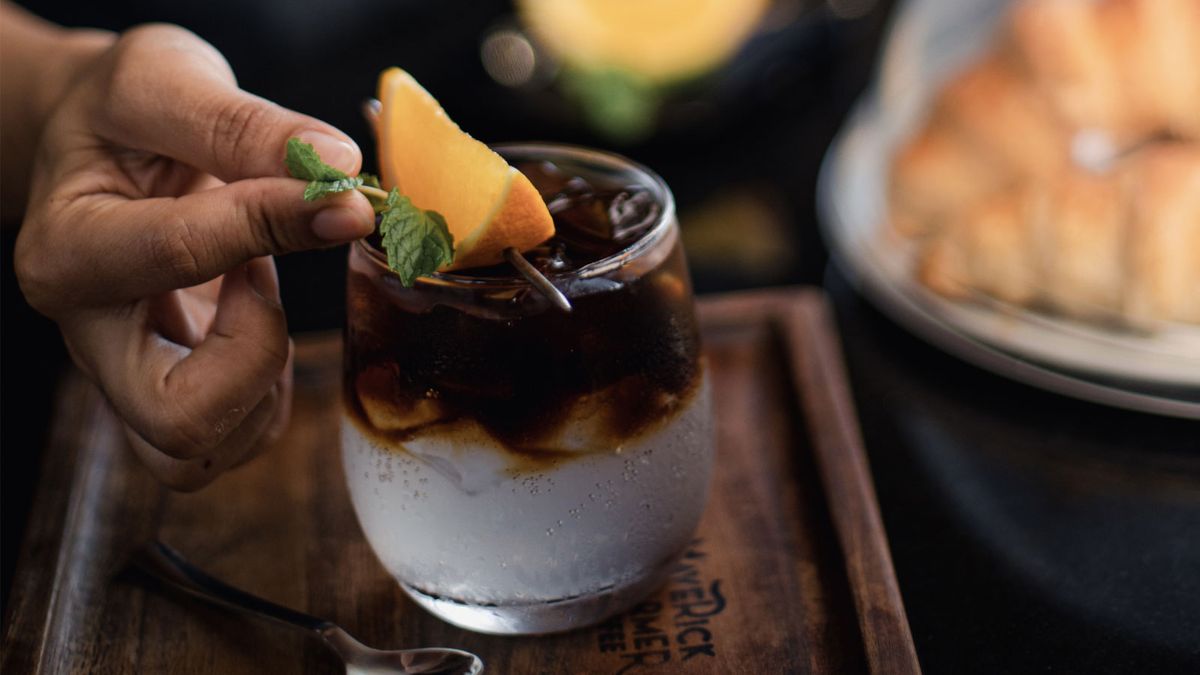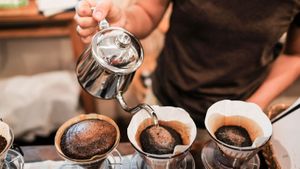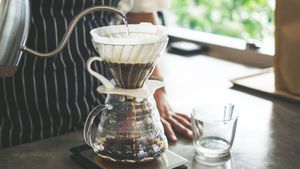Coffee, cafe, kaapi - a beverage that is pitted against what is still considered to be India’s national drink - tea - has come a long way from being distinctly segregated as either instant coffee or filter coffee. Today, from various cold, hot, pour-overs and distilled brews - the universe of coffee in India is changing rapidly. This evolution has not only affected consumers but also the way brands package and sell their products, introducing new blends, new beans and new flavours into the market.
So, if you’re used to being thrilled over decadent cold coffee shakes laden with brownies, sprinklers or gourmet single-origin espresso shots, the bar, you’d be happy to know, has been raised - be it at your neighbourhood cafe or what you can even concoct at home. Brands such as Blue Tokai, Araku, Third Wave etc are putting together phenomenal blends and thanks to their supporting F&B outlets bringing food and coffee together seamlessly.
The conversation around coffee
The growing café culture in the country has given consumers a lot of exposure in terms of coffee’s taste, its aroma and the way we can brew it, says Bharath GB, founder and CEO of Bhava Coffee. The brand is solely focused on taking specialty filter coffee to other parts of the country and showcasing the various blends of the ubiquitous filter coffee. “Specialty coffees to a large extent have helped the consumer understand what a coffee can be and how they want to consume it. Considering this scenario in mind, we have researched on what a customer needs in terms of taste, aroma, ease of making coffee at home and robustness in the way we consume it. And, to achieve all this, we have introduced all blends that are compatible with the indigenous brewing method of filter coffee,” he further adds.
Rahul Aggarwal, CEO and founder of Coffeeza, a brand that makes coffee capsules, says that the pandemic has a lot to do with the way coffee has evolved suddenly, not just at commercial outlets but at homes too. “Before the pandemic, coffee consumption was driven primarily by out-of-home consumption, mostly at cafés. However, we have seen a huge turnaround in at-home consumption. People spent a lot of time at home during lockdowns and thanks to WFH, which gave them a lot of free time to get exposure as well as discover different coffee options online, especially through social media. These individuals value convenience and comfort. They have modern lifestyles, higher incomes and a need for good coffee. All this increased the level of experimentation, as consumers started trying different formats, varieties and styles of brewing coffee.”
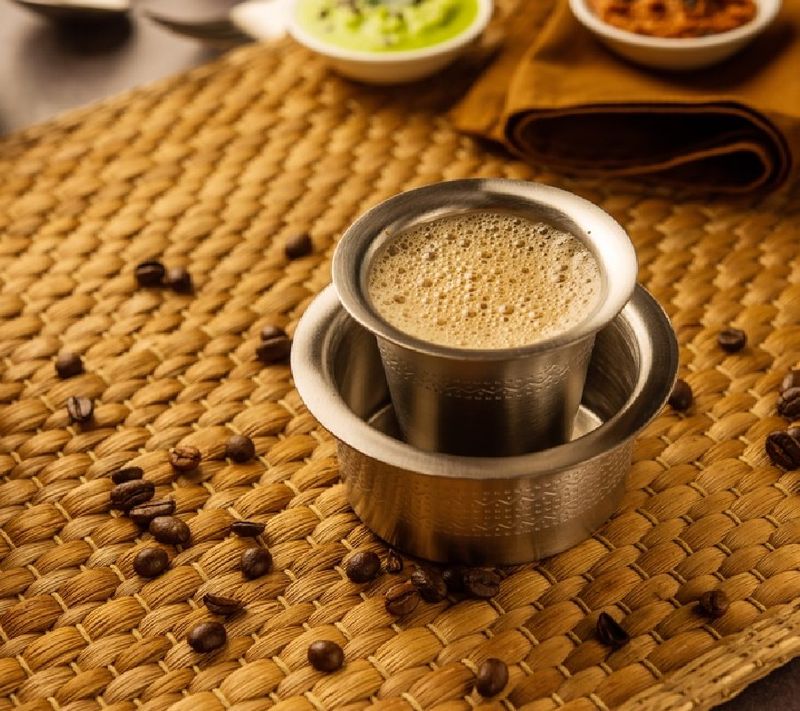
And with consumers looking for more variety in coffee, and with so many brands catering to this segment thereby increasing the competition, the players in the coffee space began tailoring their coffee solutions to cater to customer needs. “Brands have started offering better coffee and a lot more variety, which has overall led to the improvement in the coffee category,” Aggarwal adds.
Talking about experimentation, Maverick & Farmer is one brand that’s pushing boundaries when it comes to innovation. Their cafe serves some of the most interesting concoctions - be it the clarified cappuccino or the cold smoked coffee. One of the founders of the brand, Ashish D’Abreo says, “Whatever may be said and done, India is a developing market for coffee. Coffee is still looked at as a lifestyle option and when you put a menu together, you need to be able to experiment.”
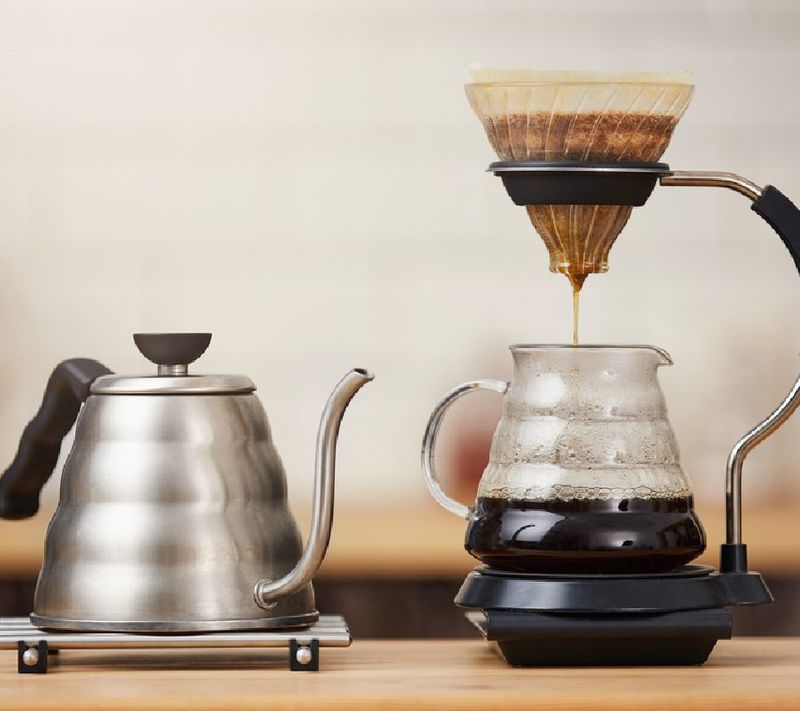
The brand definitely looks at the puritan customer as well, given that they run a cafe, so espresso-based brews and the more familiar ones are always available. “What we’ve also done is worked on different bean profiles to make things more interesting, to do stuff that’s not been seen in India so far. The Cappuccino in question is one such product. Clarifying is something used in cocktails, and we thought why not try it with coffee. It took us nearly six-seven months to perfect it,” D’abreo further says, adding,“Coffee should be looked at as a creative beverage. It lends itself to a lot of experimentation. If someone is not doing it, they are missing the plot. The traditional ways are great, and you’ll always go back to your old school favourite type, but experiments keep things interesting.”
Abhinav Mathur, CEO of Something’s Brewing, a D2C brand, adds that with consumers getting more discerning with their choices and becoming more appreciative of specialty coffee, even coffee made at home is changing. “While India is mostly seen as a tea-drinking nation, the third-wave specialty coffee movement is transforming the coffee industry. We are accepting specialty and artisanal coffees over commercial ones. Home brewing culture is picking up and people are curious to experiment with various forms of coffee brews – from an espresso to a filter kaapi or even a French Press or V60 Pour Over. Better coffee needs to be brewed in good coffee gear – home brewers are starting with simple set-up of a French Press or Moka Pot and then graduating to grinders, espresso machines, kettles and more, to improve their home brewing experience.” he says.
Always room for improvement
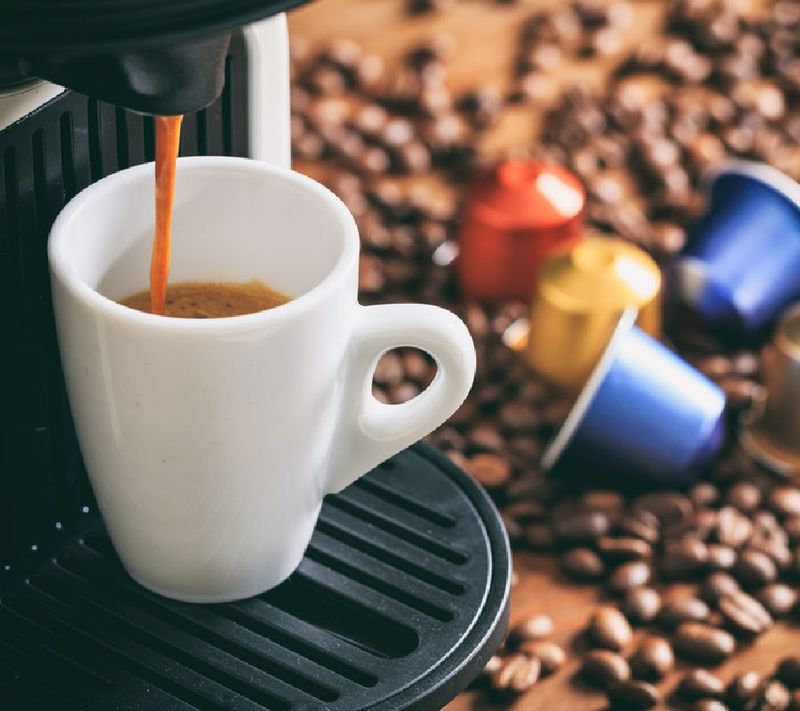
“As I said earlier, coffee in India has a long way to go before it’s close to what other coffee-drinking nations are doing. I think a complete modernisation in thought is required for people to benefit from what coffee can do - as an industry. We need to be able to showcase Indian coffees around the world a lot more, I am not sure enough is happening yet. What we also need is a lot more interaction between growers and brands to see what more can be done,” opines D’Abreo.
Bharath believes that there are two ways to improve the positioning of coffee in India. “One is the market size and the other is education about coffee. India being a primarily tea drinking nation, has a huge gap to fill in terms of infiltrating coffee into the daily beverage of our lives. So, collectively as an industry we have to find ways to fill that gap by educating people about coffee and its benefits and the different ways that the beverage can be consumed more than just a hot coffee or any other drink. Today if experimented well there are many food related recipes one can do using coffee decoction,” he says.
Mathur agrees, reiterating that awareness would enable Indian consumers to support and promote local growers, roasters, cafes and baristas. “India has been producing coffee for a while but is low on the list when it comes to consumption. Most Indian coffee is exported to Europe and other markets internationally, and sometimes the same coffee comes back as a brand and we pay 25-30X of the value as consumers. The industry will grow when we learn to appreciate what we have,” he adds.


